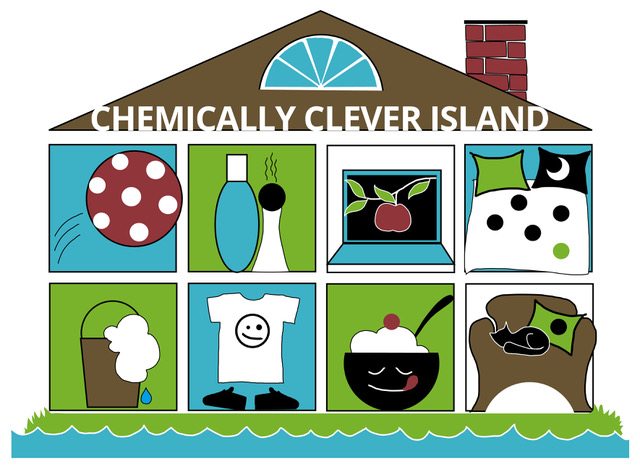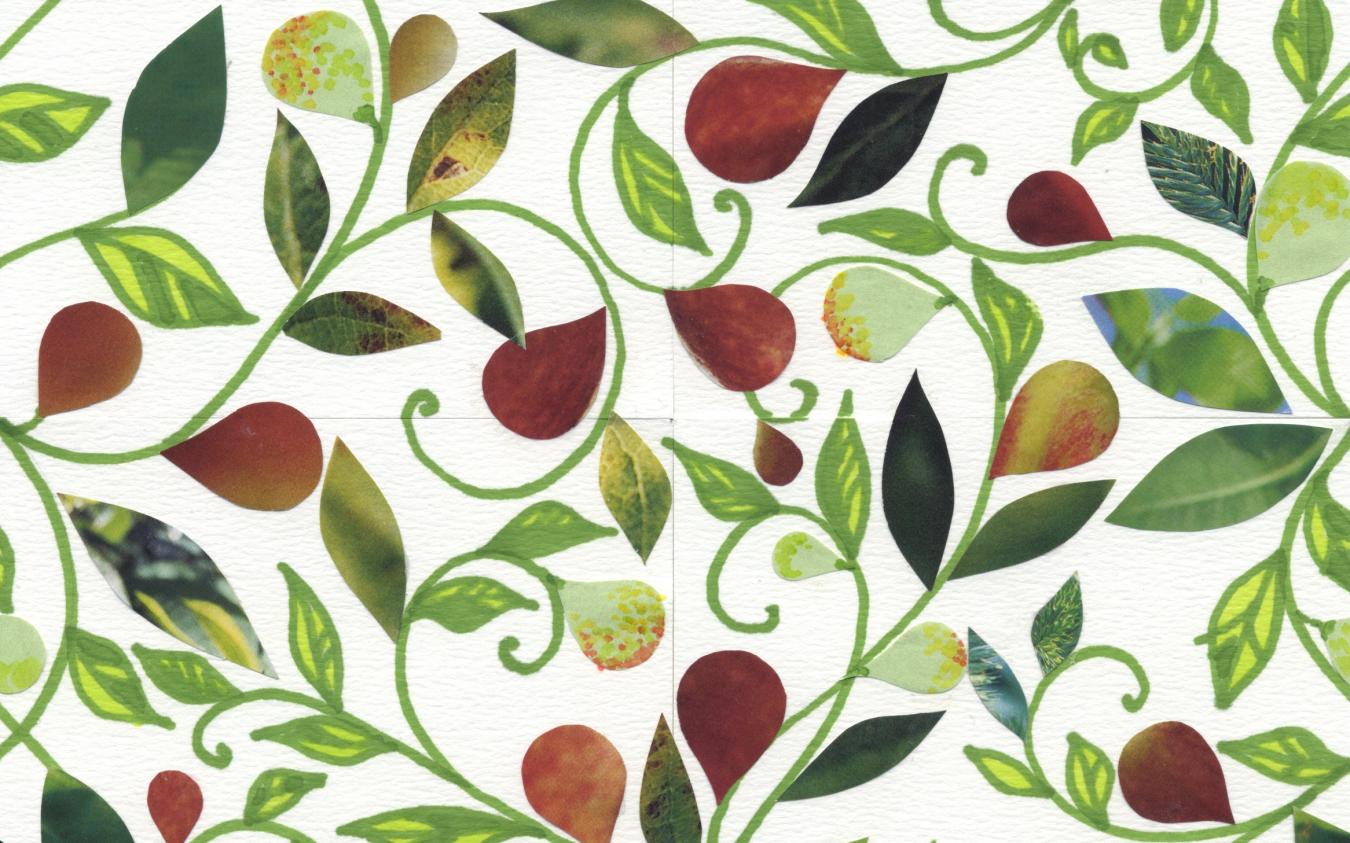Findings of the building
Four typical materials used in construction - and the chemicals hiding in them.
VINYL FLOORING
Vinyl flooring is cheap, easy to handle and creates a good acoustic environment.
Unfortunately it is usually made of fossil oil and may contain additives like endocrine disruptive softeners, heavy metals and flame retardants.
The flooring industry started to phase out the worst phtalate DEHP around the year of 2000. Vinyl flooring older than that should be replaced, to avoid emissions of hazardous substances. Studies from the Swedish research programme Chemitec shows that more than 99 percent of the additives still remains when products like vinyl flooring, coaches and flat screens have earned out. Large and hot surfaces mean more emissions. The substances reach our bodies with the dust and the indoor air. They may affect our immune system and health. New vinyl flooring may contain similar substances. Choose other flooring materials, especially in rooms where children sleep and play.
WALLPAPER (AND GLUE)
Colouring and style is not the only things to consider thoroughly when it comes to choosing new wallpaper. Many paper wallpapers contain plastic, especially the Easy Up-versions. Read up on the subject if it’s really paper you wish to glue on your walls. And speaking of glue: The sticky stuff that attaches the beauty to the wall is of chemical importance too. Adhesives and wallpaper paste may contain phtalates, nano particles, formaldehyde and isocyanates that may cause everything from irritation and allergenic disorders to an increased risk of cancer.
Compounded wallpaper paste contains preservatives.
Buy powder and mix with water. Or make your own! See below.
INSULATION
Old mineral wool can contain carcinogenic fibers, and new wool can cause itching and irritation. Most exposed are the construction workers who handle the material, but small amounts can also emit to the indoor air. In a Swedish study, rockwool, glass wool and cellulose-based insulation were compared from a life cycle perspective. Since production of mineral wool is extremely energy-demanding, the cellulose-insulation turned out to cause the least climate influence relative to its insulating capacity. Plastic insulation like expanded polystyrene is inflammable, emit lethally toxic gases when on fire and therefore is often treated with flame retardants.
Cellulose fibers may be fire protected with boric acid, and natural fibers like linen and hemp – traditional insulation materials, naturally fire and insect retardant – may be adulterated with plastic to be more moldable. Generally speaking, natural materials still contain less hazardous chemicals than the synthetic ones. Read up on and dare to ask!
PRESSURE IMPREGNATED TIMBER
Most porches and decks vary in the same greenish color and are built in the same material: pinewood processed with impregnating agent in vacuum under high pressure. Older impregnated decking may contain very toxic substances like chrome (yellowish green wood), creosote oil (black or brown wood with a strong smell, reminding of tar) and arsenic. Impregnating agents of today are mostly based on copper, which gives the wood the typical greenish color most of us recognize.
Pressure impregnated timber lasts for a long time because it is toxic to rot fungi. But that also means it is also hazardous to other living organisms. It should neither be used for vegetable patches or sandboxes, nor be in contact with the sensitive skin of children or with a sandwich someone is going to eat. The toxins emit to the environment during the whole life span of the impregnated wood. Copper, for example, does not degrade but accumulates in the environment and is very toxic to aquatic animals and plants. Consumed wood must absolutely not be burned in private fires. Densely grown heartwood is a chemically clever alternative. New, more environmentally friendly methods for modifying wood are also emerging, like furfurylation and silicone impregnation.

